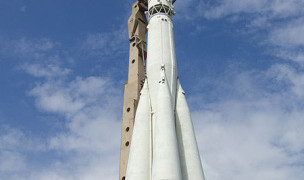 7 Terms
7 TermsHome > Industry/Domain > Earth science > Mapping science
Mapping science
The systemic study of the processes and designs involved with map making.
Industry: Earth science
Add a new termContributors in Mapping science
Mapping science
Conjugate distance
Earth science; Mapping science
One of the corresponding distances of object point and image point from the nodal points of a lens. The conjugate distances L o and L i and the focal length f of the lens are related by the ...
Tidal difference
Earth science; Mapping science
The difference in time or height of a high or low water, as these occur at a reference station and a subordinate station (reference tide gauge and subordinate tide gage). The difference is applied ...
Cardinal direction
Earth science; Mapping science
One of the astronomical directions on the surface of the Earth: north, east, south, west. The term cardinal without qualification, is sometimes used to indicate any or all of the above directions. ...
Direction system
Earth science; Mapping science
A set of N unit vectors, radiating from a common point, to which angles are referred in specifying the direction of a point in the space of the vectors.
Eclipse
Earth science; Mapping science
(1) The partial or total shadowing (obscuration), relative to an observer, of one celestial body by another. The term occultation is used for those eclipses in which some star other than the Sun ...
Doppler count
Earth science; Mapping science
The number of times the amplitude of the Doppler shift in a received signal passes from a negative to a positive value in a specified length of time. The Doppler count is approximately equal to the ...
Featured blossaries
dnatalia
0
Terms
60
Blossaries
2
Followers
5 Cities With Extremely High Homeless Figures
 7 Terms
7 Terms
Bagar
0
Terms
64
Blossaries
6
Followers
The first jorney of human into space
 6 Terms
6 Terms
